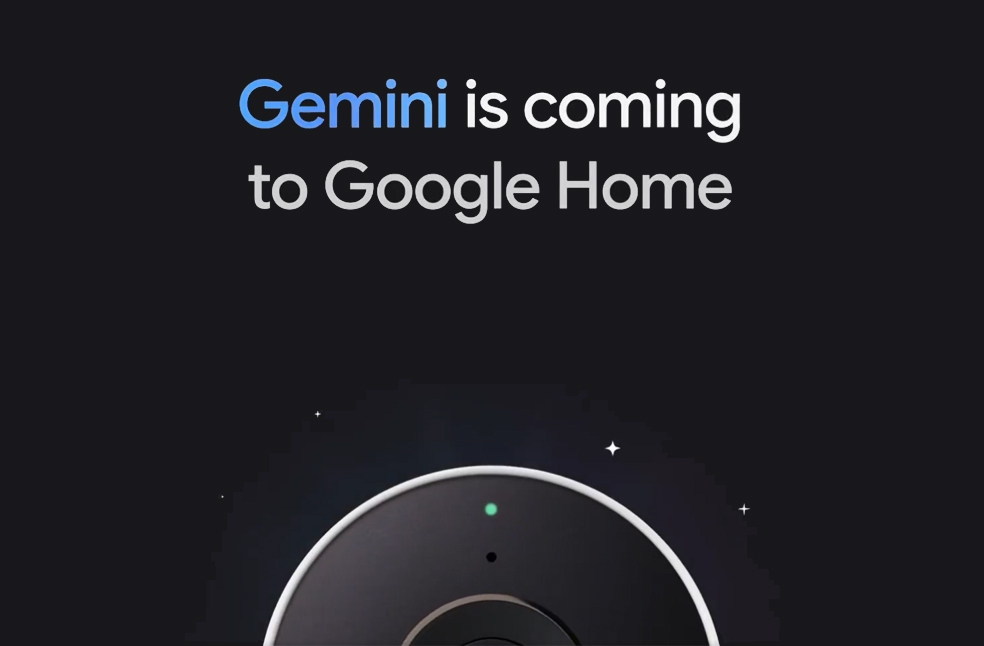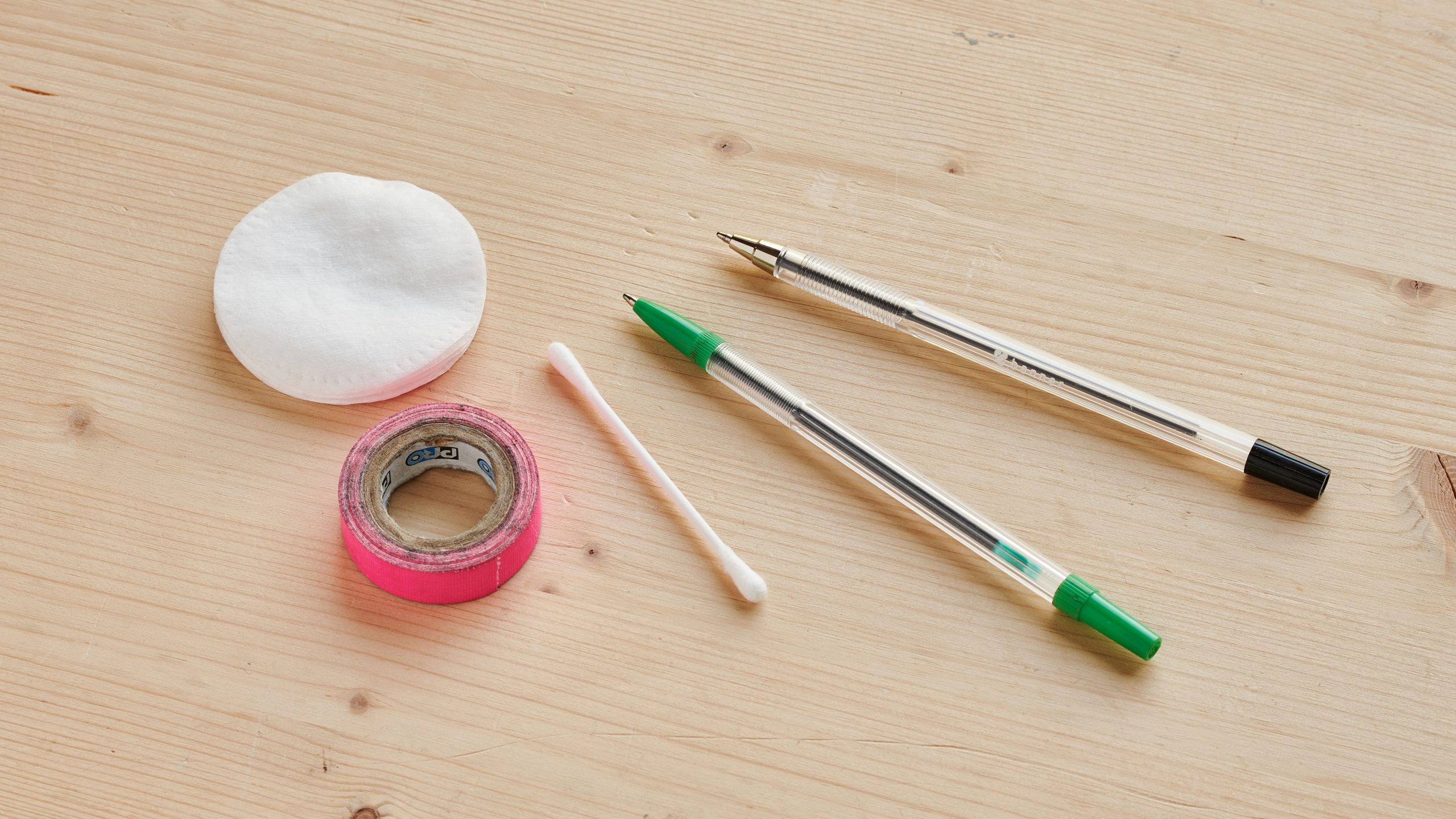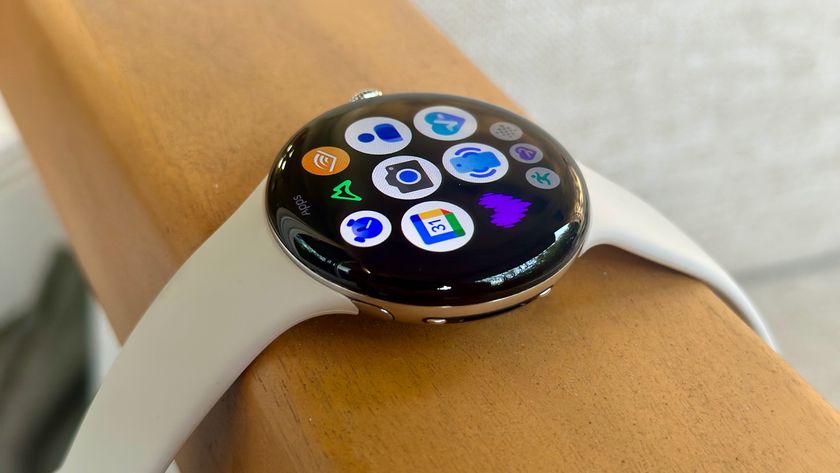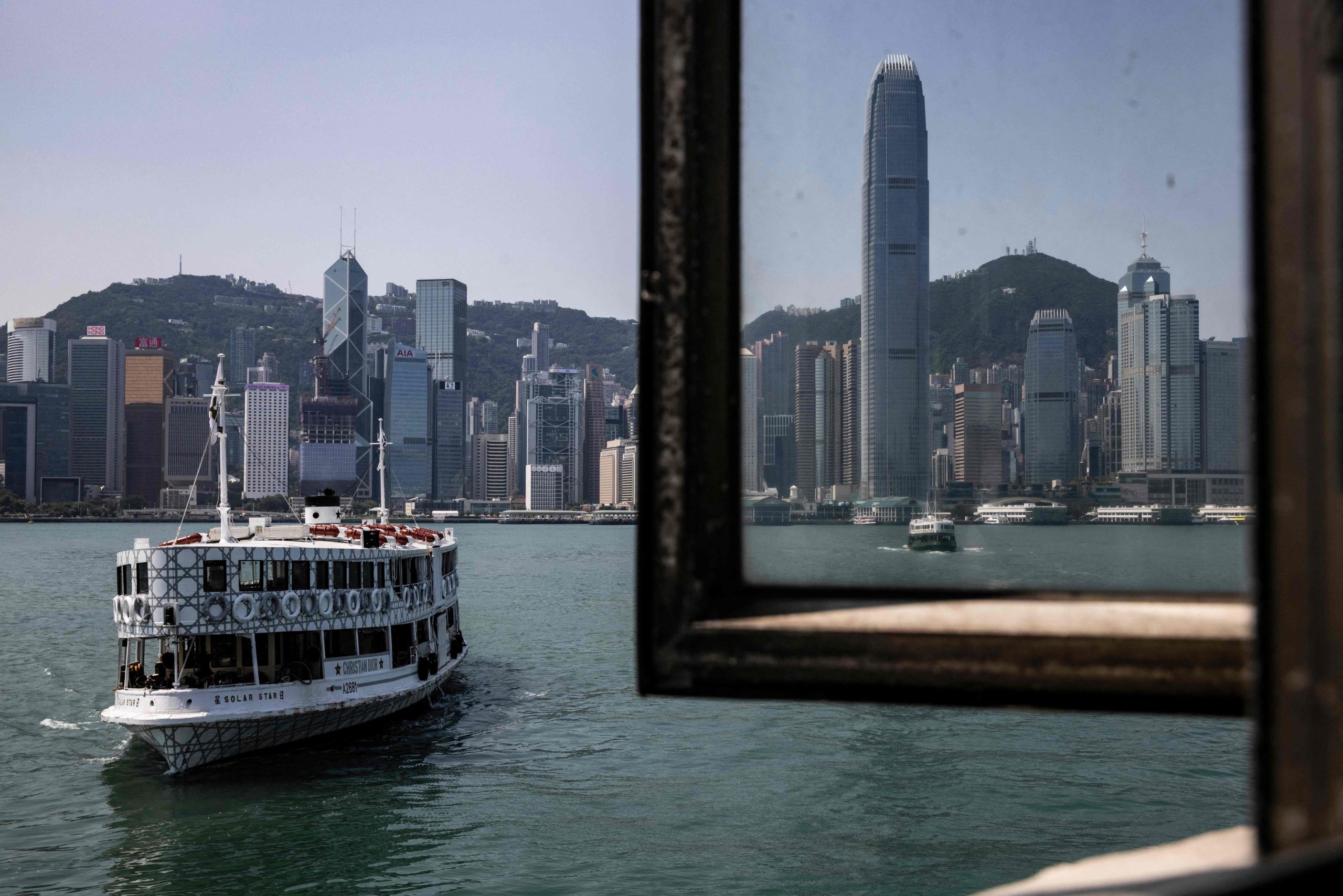Confidential Data Reveals Early Characteristics of iOS 27 and iOS 28
iOS 26.2 has just launched, and a source is already disclosing some of the initial features we might expect Apple to unveil with iOS 27 and iOS 28. These software revisions are anticipated to arrive in the fall of 2026 and 2027, but an early build of iOS 26 contains data regarding what Apple intends to introduce with these updates.
According to Filipe Espósito from Macworld, iOS 27 is set to enhance collections in the Photos app. Given that Apple continually updates the Photos app, the exact nature of these modifications remains uncertain. It’s unknown whether Apple will implement local LLMs to enhance memories or assist users in locating specific moments more effortlessly.
The reporter further indicates that Apple seeks to improve the AirPods’ pairing system, although the functionality of this system is still ambiguous, as the existing method is already user-friendly. Nevertheless, the company may enhance its speed and dependability. Lastly, the reporter notes that iOS 28 is expected to introduce entirely new metrics for sleep tracking with the Apple Watch, including time spent in bed. Additionally, macOS 28 might finally incorporate the Health app on the Mac, as Apple continues to strengthen the integration across its platforms.










